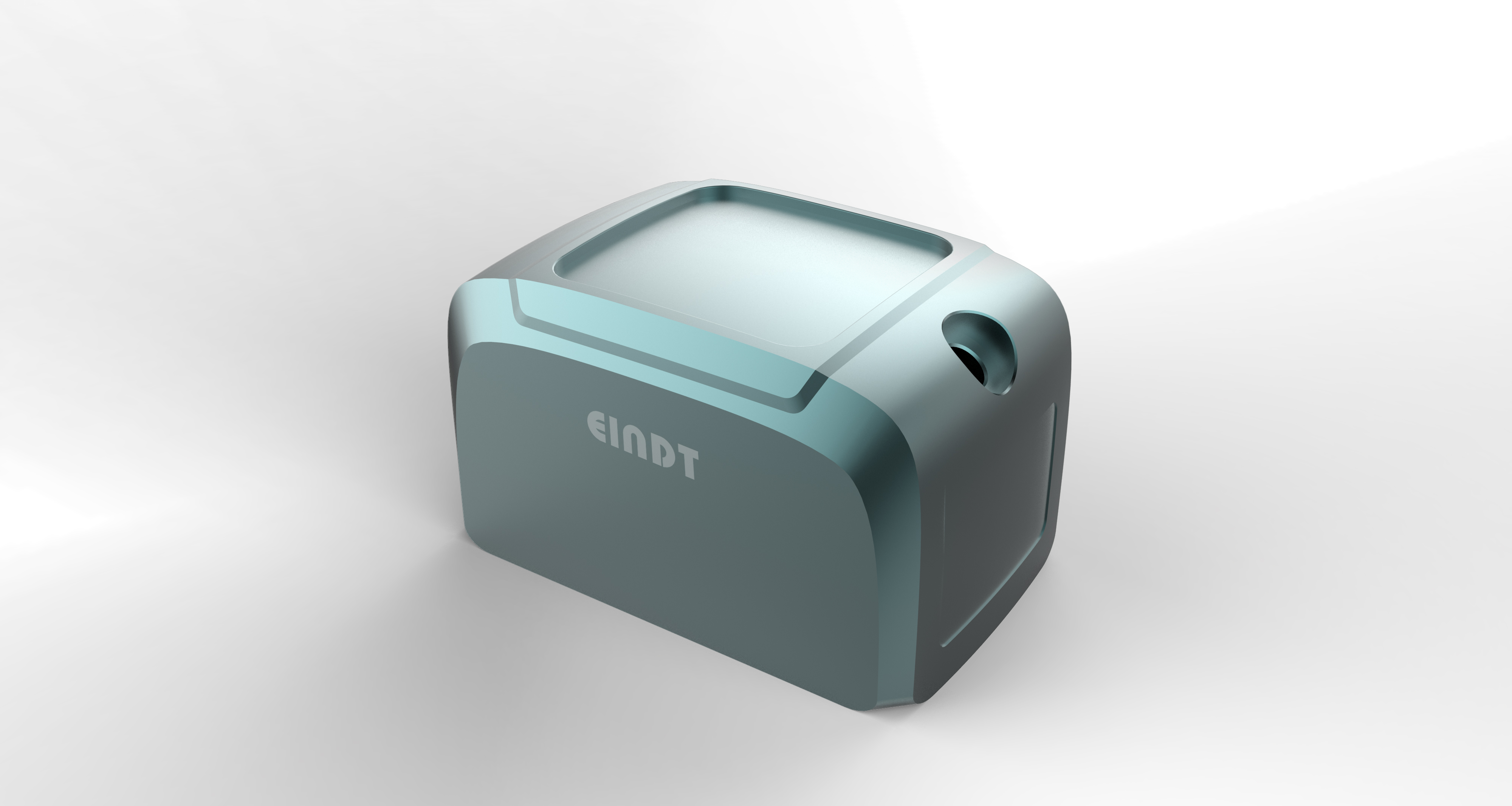Ultrasonic flaw detection requires a trained operator who can set up a test using the appropriate reference standards, inspect equipment or structures that sometimes feature challenging complex geometries, and properly interpret the results. Ultrasonic thickness gages (or gauges) must be calibrated with respect to the material being measured, and applications requiring a wide range of thickness measurements or measurement of acoustically diverse materials may require multiple setups. In addition, ultrasonic thickness gages are more expensive than mechanical measurement devices.

A transducer is any device that converts one form of energy into another. An ultrasonic transducer converts electrical energy into mechanical vibrations (sound waves), and sound waves into electrical energy. Typically, ultrasonic transducers are small, handheld assemblies that come in a wide variety of frequencies and styles to accommodate specific test needs.
An ultrasonic thickness gage is an instrument that generates sound pulses in a test piece using an ultrasonic transducer and then precisely measures the time interval until the echoes are received. Having been programmed with the speed of sound in the test material, the gage uses that sound velocity information and the measured time interval to calculate thickness through the simple relationship of distance equals velocity multiplied by time.
Under optimum conditions, commercial ultrasonic gages can achieve accuracies as high as±0.001 millimeter (mm,±0.00004 inch), with a possibility of±0.025 mm (±0.001 inch) or better in most common engineering materials. Factors affecting accuracy include the uniformity of the sound velocity in the test material, the degree of sound scattering or absorption, the surface condition, and the level of precision and care with which the instrument has been calibrated for the application at hand.
-
 Sales@hata-ndt.com
Sales@hata-ndt.com -
 0086-0371-86172891
0086-0371-86172891










